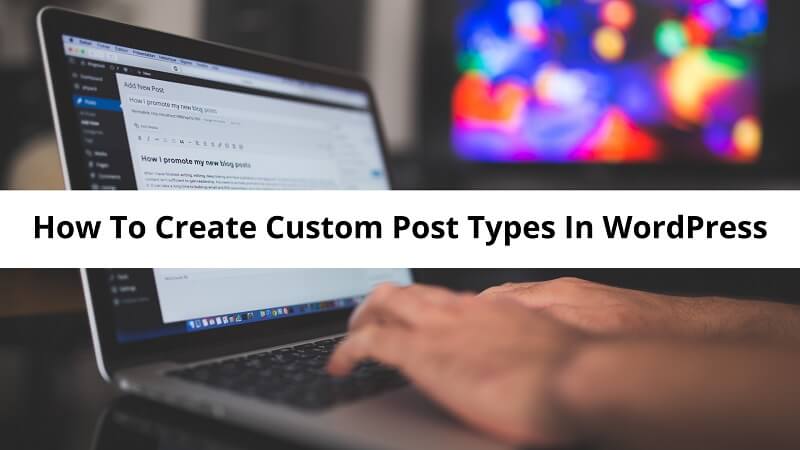
Do you want to learn how to create custom post types in WordPress? If so, then keep reading this article.
WordPress is a well-known, popular, and widely trusted online blogging platform. It supports e-commerce solutions and responsive designs. WordPress’s website design tools are customizable and easy to use, making them a great asset for up-and-coming content creators.
Custom post types help segment content within a WordPress site and divide it into various admin panel areas while providing unique information. They also allow the creation of content types improved by unique templates to present the data to website visitors.
In this article, we will examine multiple different post types, how to create custom post types in WordPress, and how they operate on a website.
1. Toolset Types
One of the most common custom post types plugins in WordPress is Toolset Types. With the Toolset Types plugin, basic information such as name and taxonomies is needed. This plugin is easy to use and functional, even for those who are not technologically savvy, as it does not require any coding. From phone, Skype, video, URL, and email, all are the post fields menu offered by this plugin. This is the best basic option for custom post types.
2. Custom Post Type UI
Another easy-to-use interface for the less technologically inclined is Custom Post Type UI. It is also free! The perfect interface for the plugin novice, Custom Post Type UI has thousands of active installations and provides a simple interface for handling custom post types.
The plugin can also export PHP code and offer custom post types and fields. However, it does not have any default features that specify adding custom fields and does not provide enough information for its many available options.
3. Pods
The Pods plugin is well-known for being the most useful and feature-oriented plugin for creating custom post types and fields. It allows both novice and advanced website creators (or users) to develop and extend custom post types and content.
This plugin assists in creating more advanced content types and implementing content on websites. Pod templates can be added, which helps make content types more engaging and attractive to users—all from a simple drop-down menu. The Pods plugin can perform more complicated website tasks.
4. Portfolio Post Type
When you want to create WordPress post types, especially for portfolio items, this type of plugin is the most useful. It allows you to create and customize standard posts for the best portfolios. The Portfolio Post Type plugin is easy to use, and though it is more convoluted than the standard post-types, it is still fairly simple.
In using this plugin, the software defaults and does not showcase any portfolio items with the content you want to add automatically. Thus, here, you need to use a visual composer to craft your portfolio items. Note that visual composers should be enabled before creating content types. This plugin allows you to create and control exactly what content you want on your WordPress site and customize it as much as you would like.
5. Custom Post Type Maker
The Custom Post Type Maker is a simple plugin that allows you to create custom post types and unique taxonomies in a user-friendly way. It also incorporates and combines itself with the WordPress API, providing support to all of the elements of Custom Post Type APIs.
This plugin can be divided into two main types: Post Types and Taxonomies. It provides you with an interface to deal with custom post types, just like normal posts and online blog pages. This plugin does not require any prior knowledge or experience. Because of this, any novice plugin user can effectively use this plugin. However, one downfall of this Custom Post Type Maker plugin is that it cannot handle the display of custom post types.
The internet is full of loads of different content, even a lot of different WordPress websites. So it is important to make yours stand out. If you want to make a difference to your WordPress website, consider custom post types. To make it professional and sophisticated looking, consider custom post types.
It allows you to enter and display your website content in a way that customers can easily understand. You can also organize your content on your site while making it more visual and direct for your website visitors.
So that’s all from this blog. I hope you enjoyed this article on creating custom post types in WordPress. If you like this article, please share it with your friends and social media followers.
About The Author:
Regina Wheeler is an online learning consultant and digital marketer for Academic Brits. She enjoys food blogging and traveling the countryside in her spare time.

